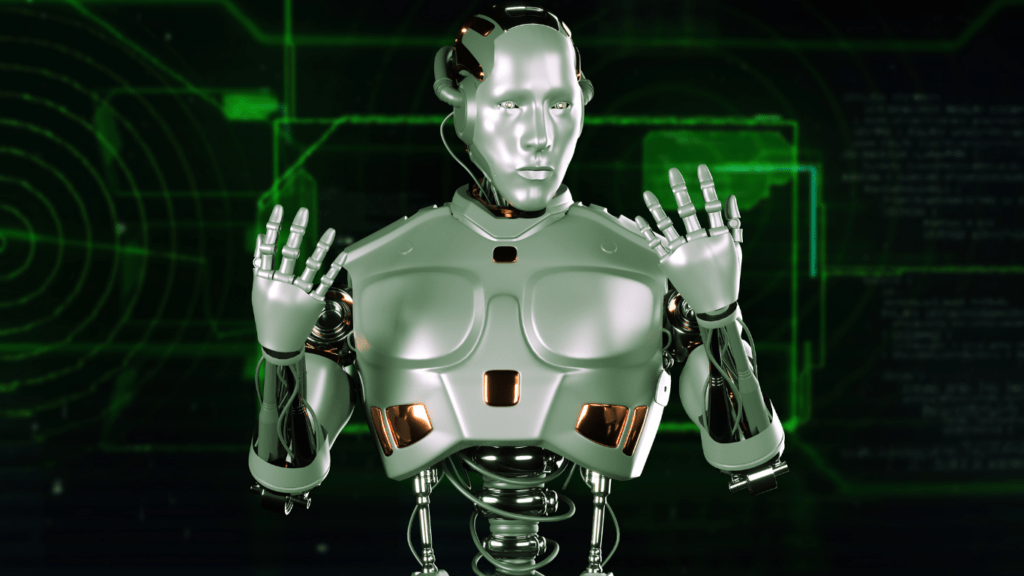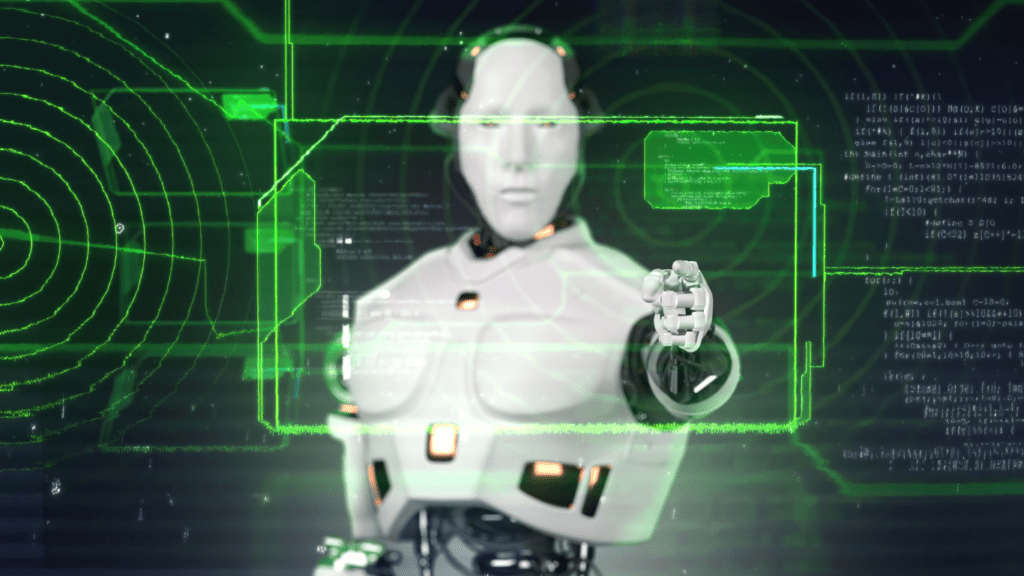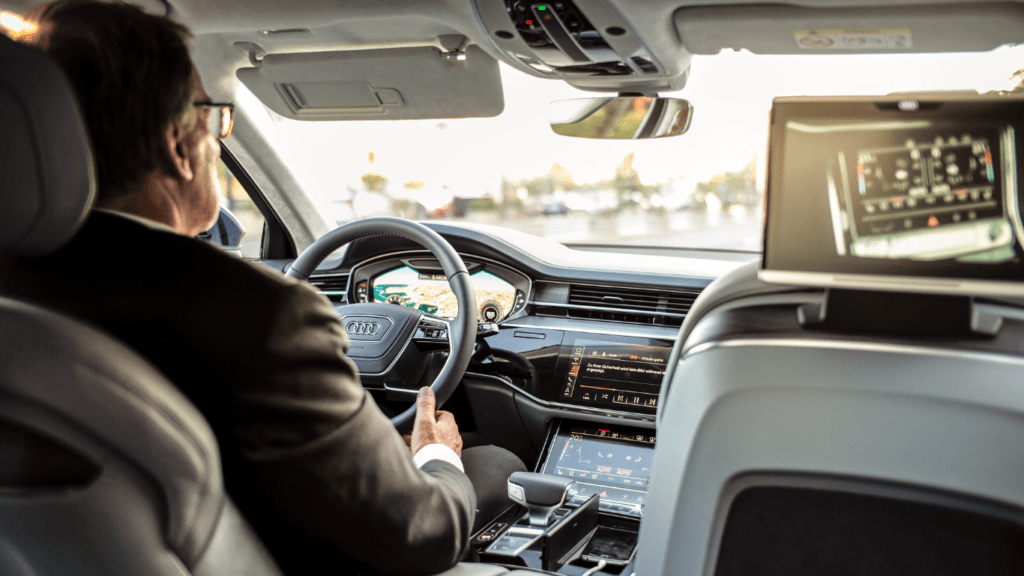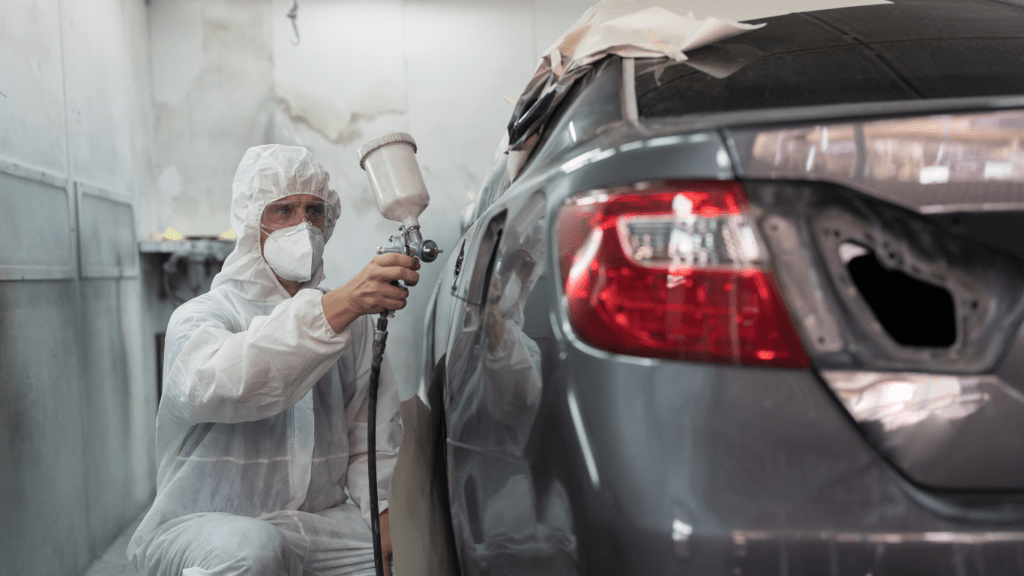In today’s fast-paced world, the global automotive industry is constantly evolving, and labor trends play a crucial role in shaping its landscape. As an industry insider, I’ve witnessed firsthand the dynamic shifts in workforce demands, technological advancements, and market forces that impact how automotive companies operate on a global scale.
From the rise of automation and artificial intelligence to the growing emphasis on sustainability and electric vehicles, the labor trends in the automotive sector are a reflection of the industry’s commitment to innovation and adaptation. As I delve into the intricate web of labor dynamics within this ever-changing industry, it becomes clear that staying ahead of the curve is not just a goal but a necessity for companies looking to thrive in the competitive global market.
Join me on a journey through the intricate world of labor trends in the global automotive industry, where insights and foresight are key to unlocking success in this dynamic and transformative sector.
Current State of Labor in the Global Automotive Industry
Labor dynamics in the global automotive industry are undergoing significant transformations due to evolving trends like automation, artificial intelligence, sustainability, and electric vehicles. These advancements are reshaping the workforce landscape and driving the need for new skills and knowledge.
Rise of Automation and Its Impact
Automation technologies are revolutionizing the automotive manufacturing process, leading to increased efficiency, precision, and productivity. As I delve into the current state of labor in the global automotive industry, it’s evident that automation is streamlining production lines, reducing manual labor requirements, and enhancing overall operational performance. This shift has prompted the industry to focus on upskilling workers to adapt to the changing demands of automated systems.
Shifts in Global Manufacturing Hubs
Global manufacturing hubs in the automotive industry are experiencing notable shifts as companies seek cost-effective production locations, skilled labor forces, and efficient supply chains. In examining the current labor landscape, it’s essential to recognize the relocation of manufacturing facilities to emerging markets and regions with favorable labor conditions. This strategic move reflects the industry’s commitment to optimizing operational costs while maintaining high standards of quality and innovation.
Changing Workforce Demographics
In the global automotive industry, the workforce demographics are experiencing significant transformations driven by technological advancements and shifting operational landscapes.
Increasing Diversity in the Workforce
Expanding diversity in the automotive workforce is becoming more prevalent as companies recognize the value of a varied employee base. By embracing diversity, companies can benefit from a wide range of perspectives and ideas that can lead to innovative solutions and improved decision-making processes. It also fosters a more inclusive work environment, enhancing employee satisfaction and overall productivity.
Aging Workforce Challenges
As the automotive industry evolves, one challenge it faces is the aging workforce. Many seasoned professionals are approaching retirement age, creating a knowledge gap that companies must address. To tackle this challenge, organizations are implementing knowledge transfer programs to ensure that critical skills and expertise are passed down to the next generation of employees. Additionally, companies are exploring flexible work arrangements and retraining opportunities to retain valuable institutional knowledge and experience within the industry.
Trends in Labor Relations and Policies
Labor relations and policies in the global automotive industry are significantly influenced by various ongoing trends that shape the workforce landscape. Understanding these trends is crucial for companies to navigate the evolving labor environment effectively.
Unionization Efforts Globally
In recent years, unionization efforts have gained momentum across different regions in the global automotive industry. Labor unions play a vital role in advocating for workers’ rights, better working conditions, and fair wages. By collectively bargaining with employers, unions aim to ensure that employees are treated fairly and have a voice in key decision-making processes within automotive companies.
Impact of Trade Policies on Labor
Trade policies have a direct impact on labor dynamics in the automotive industry. Changes in trade agreements, tariffs, and regulations can influence where vehicles are manufactured, impacting the distribution of jobs across different countries. Shifts in trade policies can also affect supply chains, leading to adjustments in production levels and workforce requirements within automotive plants. It’s essential for companies to monitor and adapt to these policy changes to remain competitive in a global market characterized by evolving trade dynamics.
- Innovations Influencing Labor Dynamics
I’m going to delve into how innovative technologies like advanced robotics, AI, and machine learning are shaping labor dynamics in the global automotive industry. - Adoption of Advanced Robotics
I’ve observed a significant shift in the automotive sector towards the adoption of advanced robotics for various manufacturing processes. Robotics not only streamline production but also enhance efficiency and precision in tasks such as welding, painting, and assembly. With the integration of collaborative robots (cobots), workers can coexist with machines in a shared workspace, improving productivity and safety on the factory floor.
Integration of AI and Machine Learning
In my experience, AI and machine learning have revolutionized labor dynamics by optimizing processes, predictive maintenance, and quality control in the automotive industry. AI algorithms can analyze vast amounts of data to enhance decision-making, streamline supply chain management, and even predict consumer preferences. The integration of AI-powered systems not only augments productivity but also leads to the development of new job roles focused on managing and optimizing AI-driven processes.




